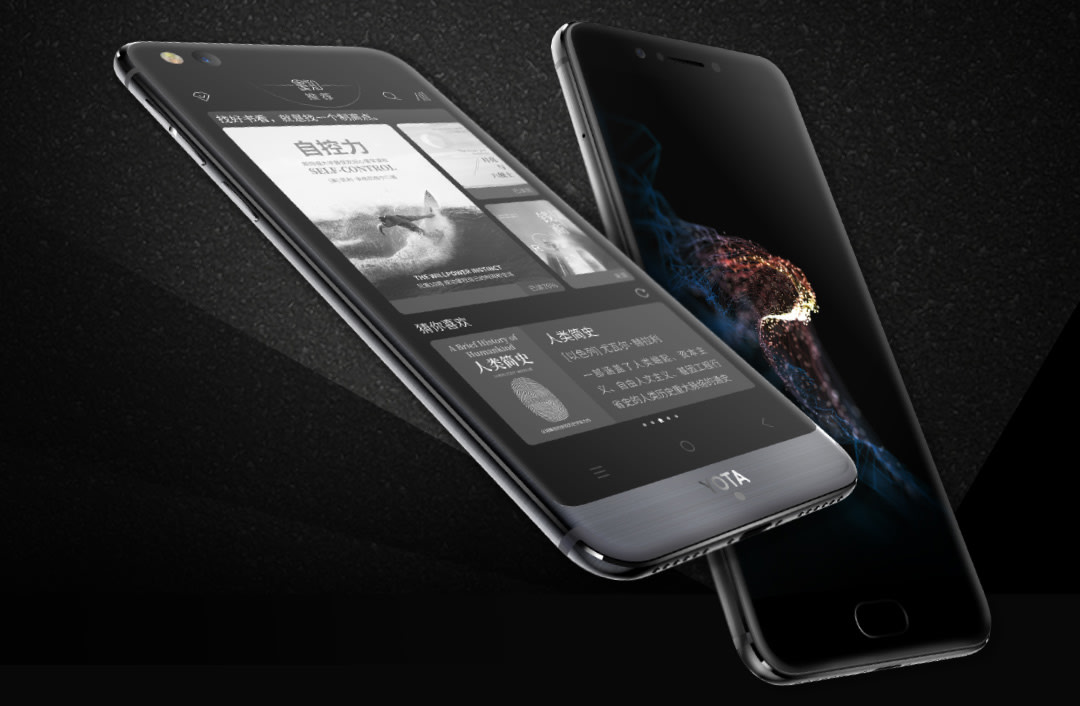
The Huawei Mate 10 Pro brings the best that tech giant has to offer with the new Leica dual camera and the new AI engine are front and center. Alongside it comes the Porsche Design edition, which builds on the solid hardware with an even more premium exterior. The Huawei Mate 10 Pro has a 6” AMOLED panel with a wider 18:9 ratio. The resolution raises an eyebrow, however. This year’s Pro has FHD+ resolution (that’s 1,080 x 2,160px and 402ppi), last year’s model had QHD (1440 x 2560px, 534ppi). Anyway, the screen hugs the sides of the phone closely – what Huawei calls the “barely-there-bezel”. Also, it support HDR10 and cover 112% of the NTSC color space for a superior viewing experience. Read all here:




